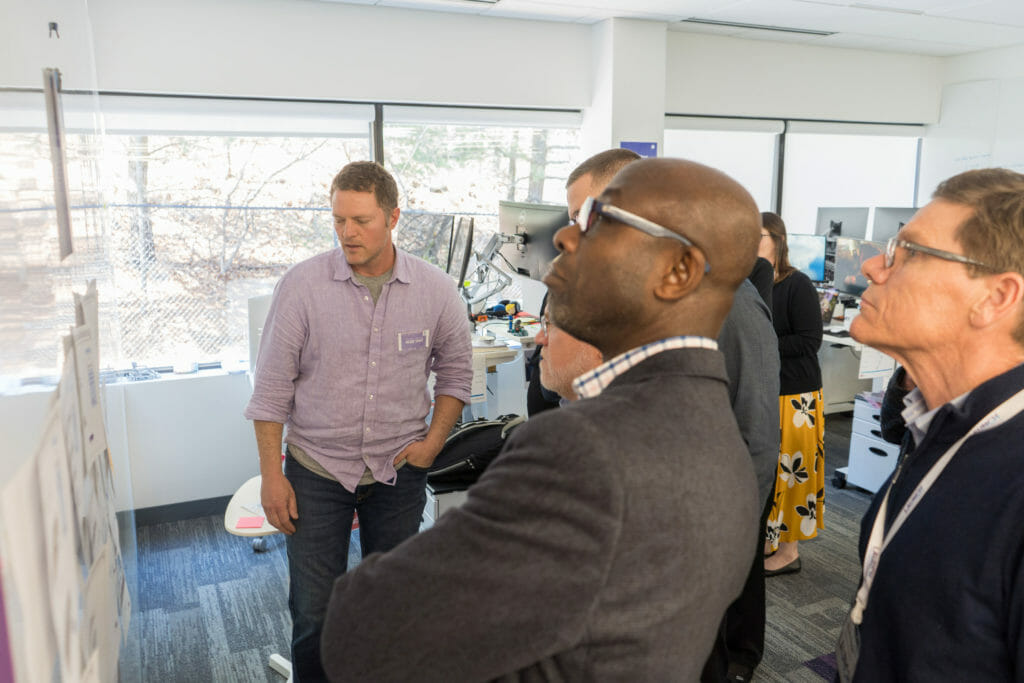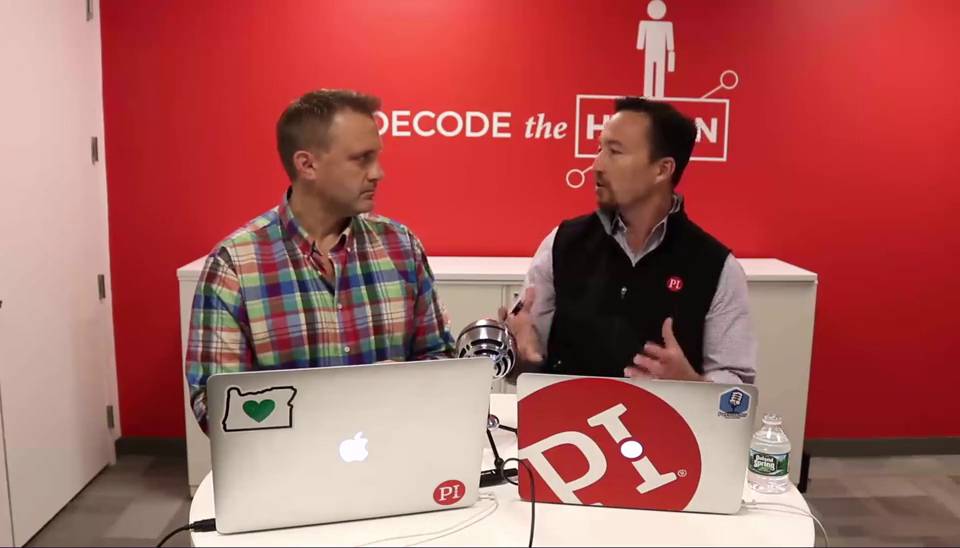Hiring managers in the construction industry share a common problem: There’s not enough skilled labor to go around.
As the Commercial Construction Index reported, 55% of contractors want to hire more workers but struggle to find the right candidates. And the problem worsens for small firms: 66% have a hard time acquiring talent as they’re pitted against larger companies with deeper pockets.
In a perfect world, recruiters and hiring managers would have an abundance of qualified job candidates to choose from. But in reality, talent acquisition requires a bit of ingenuity.
If there aren’t enough skilled laborers to go around—and if you can’t afford to offer a cushy compensation package—it’s time to re-examine your hiring practices.
The good news is this: The old way of hiring for skills alone is not a recipe for success.
The problem with hiring for skills alone
When people talk about hiring for skills, they’re referring to hard skills—“technical” abilities that are teachable. In the construction world, hard skills include preparing the job site, breaking down scaffolding, and operating equipment.
But if you stop there and hire the first person with adequate on-the-job experience, you could be making a big mistake. Hard skills are just one piece of the puzzle.

People have innate behavioral drives that impact the way they think and work. Construction workers with certain behavioral traits are more likely to succeed. There are Gantt charts all over the place and building inspectors to contend with; detail-oriented laborers are hardwired for this type of environment.
Likewise, laborers who lack critical behavioral traits will struggle.
These “interpersonal” abilities are known as soft skills—and though they can be cultivated over time, they’re more difficult to develop than hard skills.
Here’s a good rule of thumb: Hire for behaviors and train for skills.
Join 10,000 companies solving the most complex people problems with PI.
Hire the right people, inspire their best work, design dream teams, and sustain engagement for the long haul.
Interview the whole person to determine culture fit.
Add rigor to your hiring process by going beyond the resume and references. Interview the whole person.
Look at the head, heart, and briefcase:
- Head (behavioral drives and cognitive ability)
- Heart (values, passions, interests, and shared beliefs)
- Briefcase (education, knowledge, skills, and experience)

Cognitive ability is the best predictor of on-the-job success. But culture fit also matters. Employees who don’t identify with their company culture are less engaged and less productive. That’s why companies who take a talent optimization approach screen candidates for culture fit.
What you don’t want to do is hire a group of carbon copies. The term culture fit implies homogeneity, but what we’re referring to here is culture add. Diverse teams are more creative and innovative, so look for people who will contribute to and shape your culture for the better.
How hiring for culture fit helped one CEO skyrocket revenue
By taking a talent optimization approach to hiring, Andrew Schmidt, CEO of AMEK, Inc., has led his construction business to the next level.
Since partnering with The Predictive Index in 2017, AMEK has seen a 40% increase in revenue and dramatically improved employee engagement scores.
How PI can help
PI Hire is designed to help you hire the right talent for the right roles. Powered by 60-plus years of behavioral science, PI gives you the tools to assess how well candidates fit the behavioral and cognitive needs of a given role.
Need a detail-driven worker who can adhere to complex building and maintenance codes? Use PI to set your ideal Job Target, then stack-rank candidates to identify your highest-potential job interviewees.
From there, use PI’s custom interview questions to hone in on your ideal candidate—and make a confident hire.
Request a Demo
9,000+ companies trust The Predictive Index to create dream teams.
See how PI’s Talent Optimization Platform can help your company hire with certainty, inspire your teams, and sustain lasting employee engagement.


